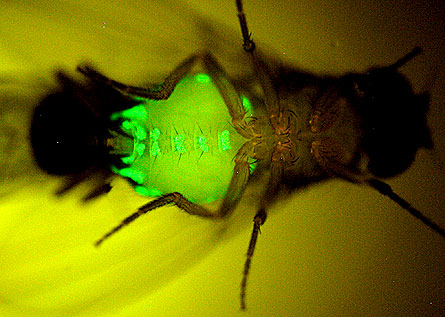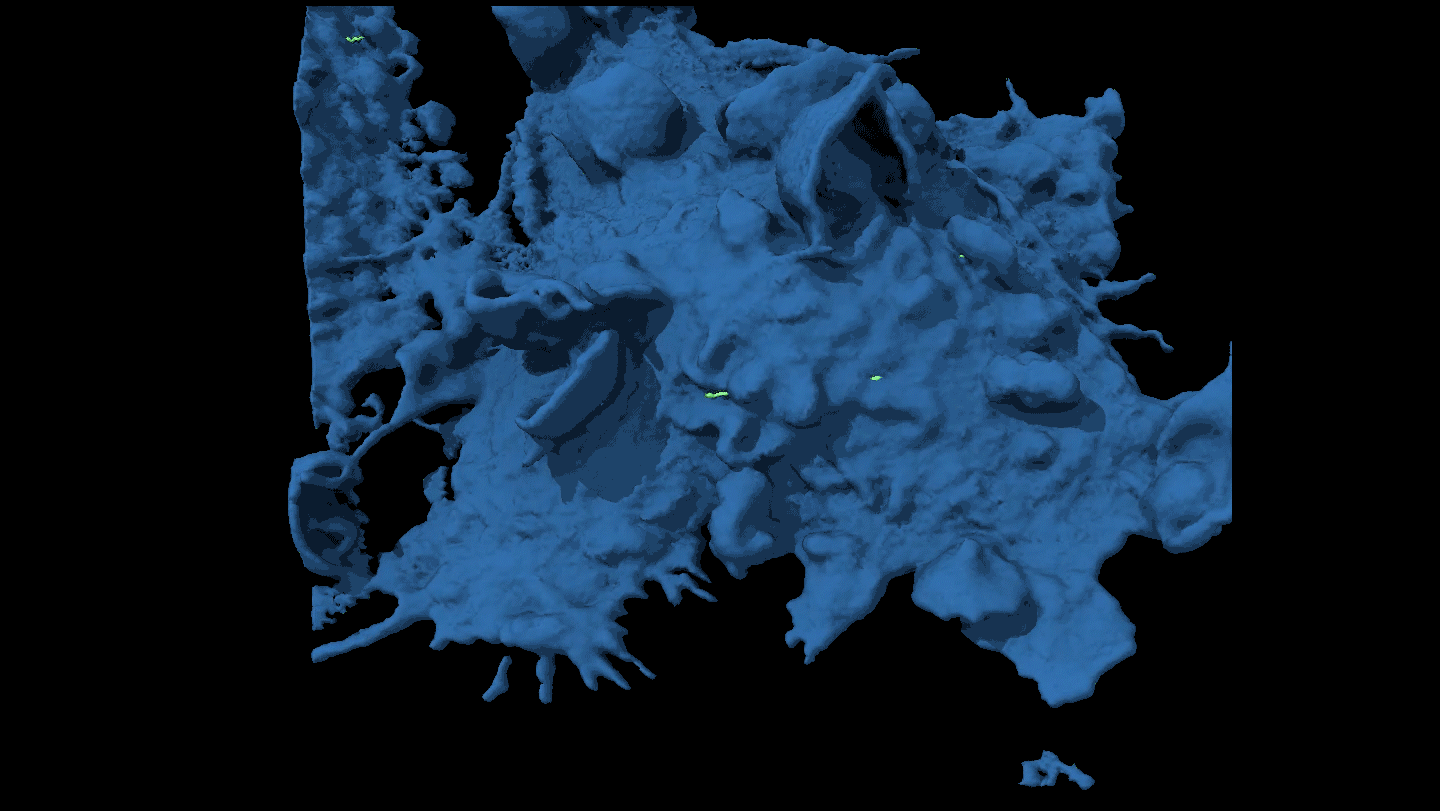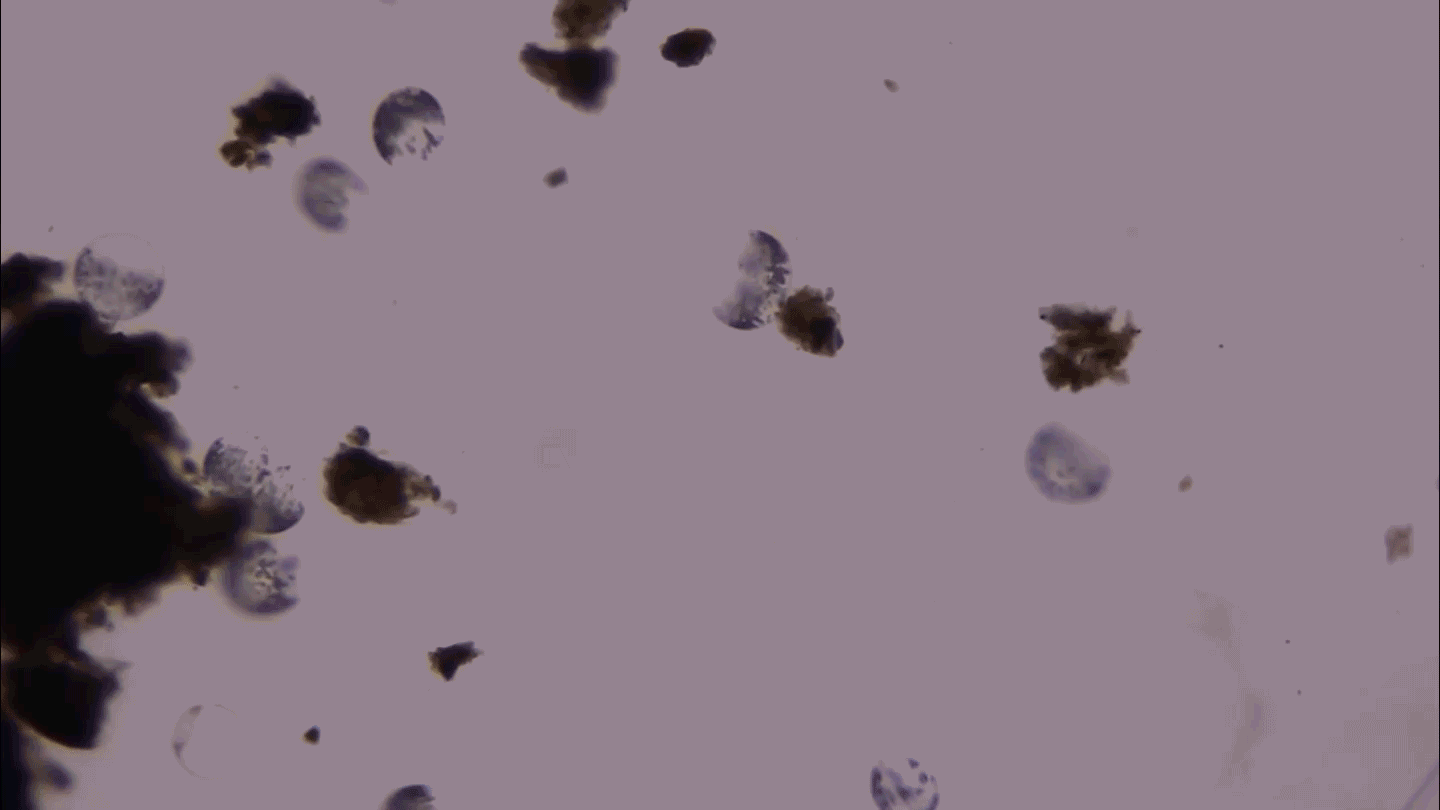- More than 2 years ago
View a video of flies showing unusual courtship behavior.

Honey’s sweet smell attracts more flies than does vinegar’s sour odor, but the ultimate fruit-fly magnet is eau de nothing.
Ditching pheromones makes male and female fruit flies super-sexy to male flies, even to males of other species, Joel Levine, a neurogeneticist at the University of Toronto at Mississauga, and his colleagues report in the October 15 Nature. The discovery suggests pheromones can be back-off rather than come-hither signals. The finding could lead to a better understanding of the chemical signals that help flies and other animals interpret the world, including how to select a mate and how to distinguish other species.
“It’s a very careful paper,” says Nicolas Gompel, a neurogeneticist at the Developmental Biology Institute of Marseilles-Luminy in France. “I think it’s raising the bar in the field because of the clarity of the analysis.”
Typically fruit flies meet each other over rotten fruit. Often several species of fruit flies mill about the same location. Many of the species look very similar, at least to human eyes.
“We geneticists can hardly tell them apart unless we dissect them,” Gompel says.
It was a mystery how fruit flies could tell their own species from others. Scientists thought that sight and sound probably played big roles in distinguishing both species and gender. For instance, male fruit flies serenade females during courtship and each species’ love song is different. A male fly’s “music” and appearance would also probably keep other amorous males from approaching him.
Scientists knew that chemicals called pheromones are important in telling males from females and one species from another, but no one knew how to interpret the message the flies were sending in a mix of 30 or more pheromones.
To decipher the message, Levine and his colleagues used a genetic trick to selectively kill special pheromone-producing cells called oenocytes that are usually part of the flies’ abdomens. The team essentially created scentless flies.
Surprisingly, the lack of a come-hither signal was more of an aphrodisiac for male flies than pheromones were. Normal male flies were more attracted to both male and female flies lacking pheromones than to normal females. Males from three other Drosophila species also courted scentless D. melanogaster females, something they would not do in the wild.
The team could then use the scentless flies as a Rosetta stone to help translate the specific messages sent by different pheromones. Adding back a female pheromone thought to be an aphrodisiac, (7Z,11Z)-heptacosadiene or 7,11 HD, to scentless flies didn’t make them any more attractive if worn alone. A male pheromone called cis-vaccenyl acetate or cVA, which male flies pass to females in ejaculate to warn other males away, made both normal and scentless females unattractive to males.
But if the perfume blend contained both cVA and 7,11 HD, the female chemical could “counter the chemical chastity belt imposed by cVA,” Gompel writes in a commentary appearing in the same issue of Nature.
“Males are only after one thing. They want to mate,” Levine says. Even in the face of conflicting signals, the males “would rather hedge their bets and go for it,” than go without a mate.
In addition to identifying gender, the researchers found that just one pheromone created a barrier to mating between species. Adding 7,11 HD — which is not made by other Drosophila species — to scentless melanogaster females erected the species barrier that had been torn down by removing the oenocytes. “7,11 HD says, ‘she’s not one of them,’” Levine says.
These findings indicate that the chemical signals outweigh sight and sound in helping a male choose a mating partner, and that female pheromones may also serve as “slow down” or “back off” messages to keep males from getting too amorous, Levine says.
Females are more discriminating. Given a choice, normal female fruit flies chose males that produce pheromones over unscented males. “She will not go for the guy who has no odors,” Levine says. That could mean that male pheromones put females in the mood.
“We expected the chemicals would play a role,” Levine says. “What we didn’t expect was how much you could account for with only the chemicals. … We had no reason to think that the effects we saw would be so strong.”
Strange Attraction from Science News on Vimeo.
In the absence of pheromones, flies engage in unnatural courtship behavior. In this movie, two males attempt copulation with each other’s heads.
Credit: Jean-Christophe Billeter et al, Nature 2009







